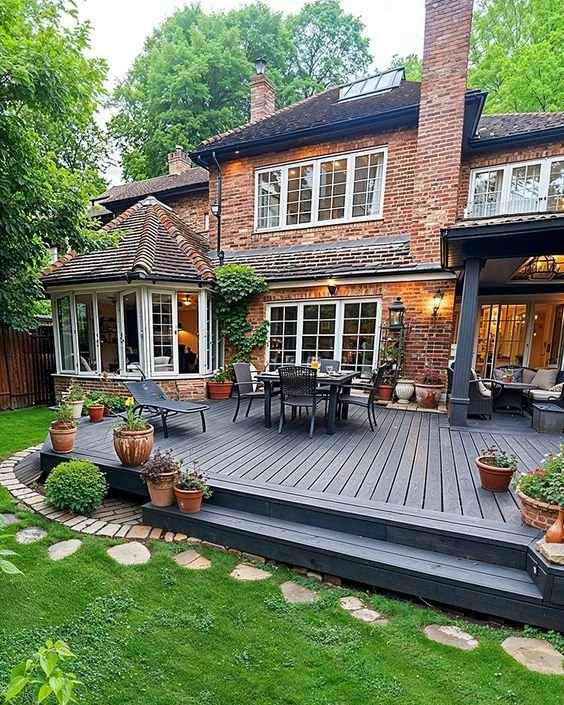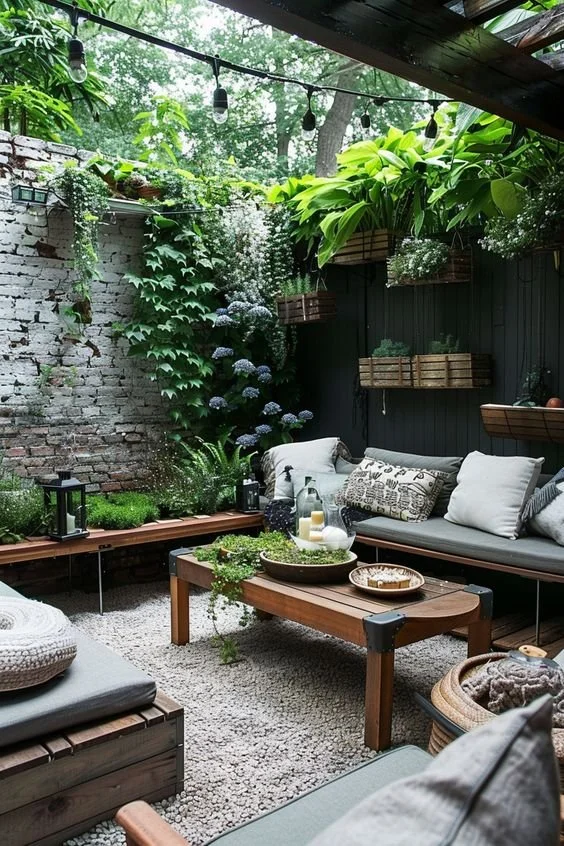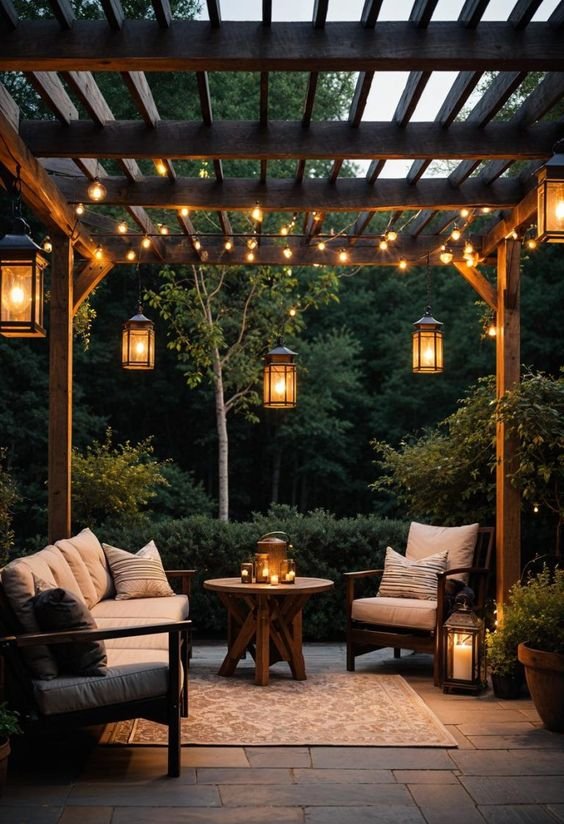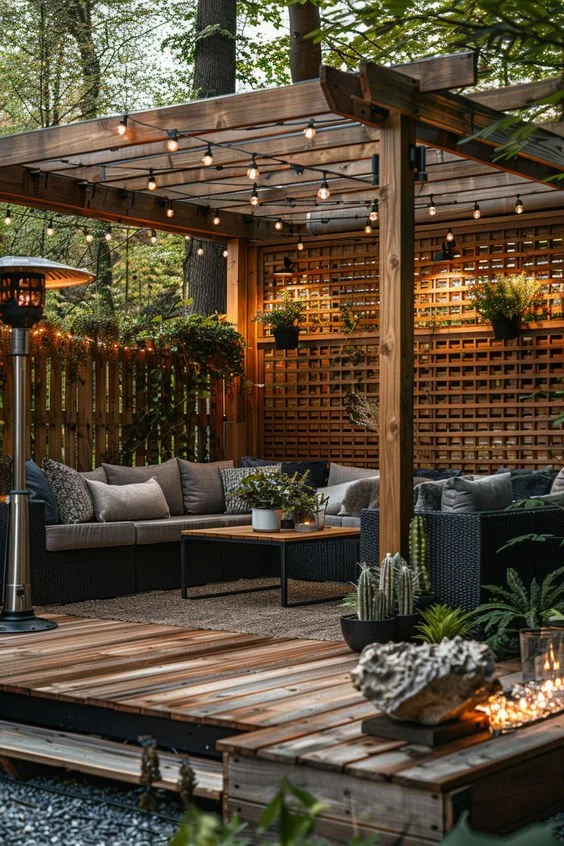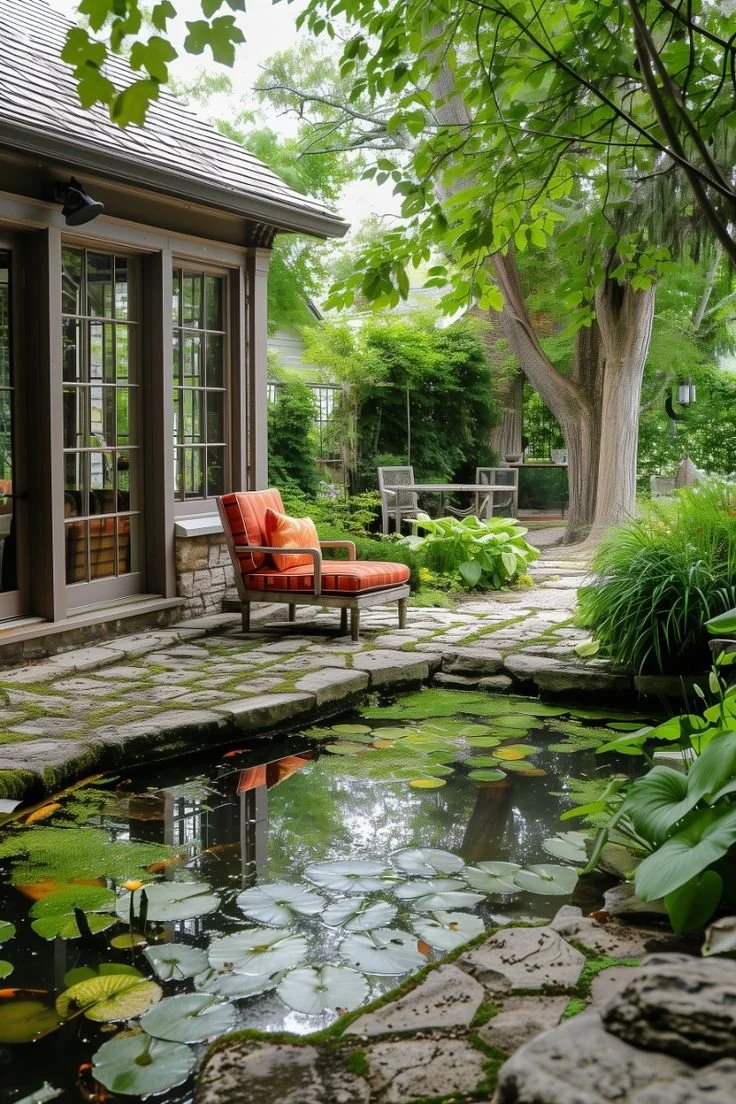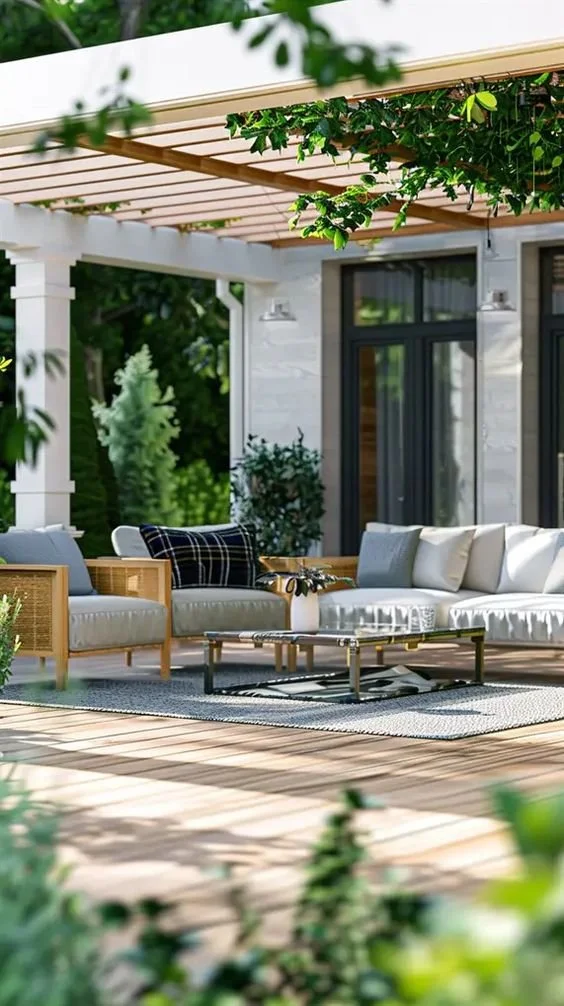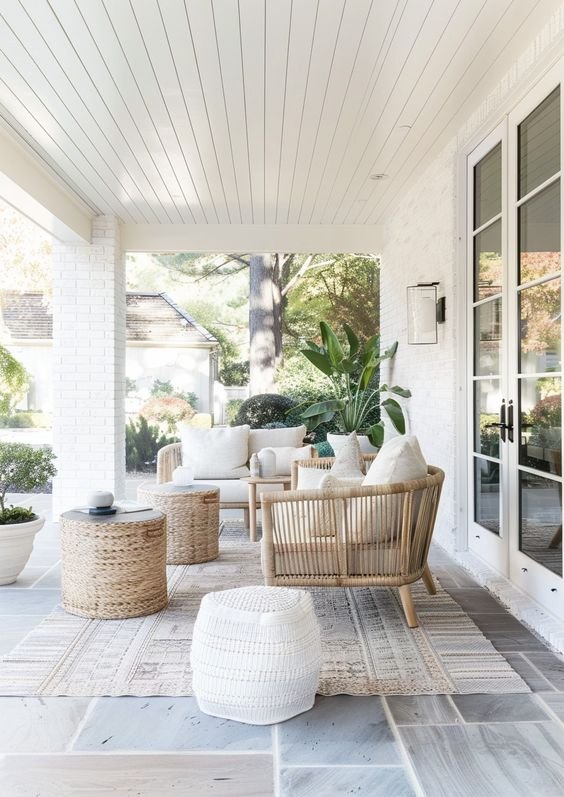When it comes to creating a lush, green yard without the constant upkeep of natural grass, many homeowners are turning to artificial turf. Installing artificial turf can transform our outdoor space into a beautiful, low-maintenance area that looks great year-round. It’s an eco-friendly choice that reduces water usage and eliminates the need for fertilizers or pesticides.
We can tackle this DIY project with the right preparation and materials. From removing old grass to laying down a solid base, each step is crucial for ensuring that the turf lasts. With a few handy tools and some basic skills, we can achieve a professional-looking lawn without hiring expensive help.
Not only does artificial turf provide a practical solution for busy lifestyles, but it also offers a safe play area for kids and pets.
By following a clear step-by-step guide with insights from an artificial grass installation company from Gainesville Florida, artificialgrassgainesville.com, we can enjoy the benefits of a vibrant outdoor environment while making a positive impact on our planet.
Benefits of Artificial Turf
Artificial turf offers many advantages for homeowners and property managers. With minimal upkeep, long-lasting materials, and positive environmental impacts, it is a practical choice for various settings. Let’s explore these benefits in detail.
Low-Maintenance and No Mowing Requirements
One of the main benefits of artificial turf is its low-maintenance nature. Unlike natural grass, we do not need to mow it regularly. This saves us time and reduces noise pollution.
We won't need to worry about frequent watering either, which is especially important in drought-prone areas. With artificial turf, we can save on water bills while ensuring a green space year-round.
Routine maintenance is simple. We can easily remove debris, such as leaves and branches, with a broom or hose. Occasional brushing helps keep the turf fibers upright. This ease of care makes artificial turf an attractive option for families and busy individuals.
Durability and Longevity
Artificial turf is designed to withstand heavy foot traffic without showing signs of wear. Many products are made with high-quality materials that resist fading and damage from UV rays.
We can expect artificial grass to last anywhere from 15 to 25 years, making it a long-term investment.
Unlike natural grass, it does not suffer from patchy areas, brown spots, or insect damage. This durability translates into lower replacement costs and a consistently appealing appearance.
Regular inspections and simple cleaning can further extend the lifespan of the turf. By investing in artificial grass, we are ensuring our outdoor space remains functional and beautiful for years.
Environmental Advantages
Artificial turf presents several environmental benefits. First, it does not require watering, which conserves water—an essential resource.
By reducing our dependence on irrigation, we can contribute to water conservation efforts in our community.
Additionally, the use of pesticides and fertilizers is minimized. This helps prevent chemical runoff that can harm local ecosystems.
As a result, artificial grass can provide a safer environment for pets and children. With fewer resources needed for upkeep, we can enjoy a green space that aligns with eco-friendly values.
Tools and Materials Required
When we install artificial turf, having the right tools and materials is essential for a smooth process and a successful outcome. We need to gather our equipment and select suitable materials to create a durable and attractive lawn.
Essential Tools for Installation
To complete the installation, we need a variety of tools. Here’s a list of essential items:
Sod Cutter: This tool helps us remove existing grass and roots efficiently.
Shovel and Rake: These are useful for leveling the ground and preparing the base.
Utility Knife: A sharp knife is needed for cutting the turf to size.
Wheelbarrow: We use this for transporting materials around the site.
Broom: This helps in spreading the infill and keeping the turf neat.
Using the right tools ensures we work effectively and maintain quality throughout the installation.
Selecting the Right Materials
Choosing the right materials is crucial for achieving a good result. Here are the primary materials we need:
Artificial Turf: We want a durable turf that suits our climate and intended use.
Infill: This material goes on top of the turf to help stabilize it and provide cushioning. Common types include rubber and sand.
Turf Adhesive: We need a strong adhesive for joining seams and securing edges.
Geotextile Membrane: This layer prevents weeds from coming through while allowing water to drain.
By selecting high-quality materials, we ensure our turf will last and perform well over time.
Understanding Infill Options
Infill is a key ingredient in the artificial turf system. It helps keep the blades upright and adds comfort. Here are some common options:
Rubber Granules: These provide excellent shock absorption and are often used in playgrounds and sports fields.
Sand: This is a more economical option that also helps with drainage.
Mixed Infill: Combining rubber and sand can give us the benefits of both materials.
When choosing infill, we should consider the turf’s purpose and the type of activity it will see. This will guide us in making the best choice for our project.
Pre-Installation Steps
Before we start installing artificial turf, we need to ensure the area is ready. Proper preparation helps make the installation process smooth and effective. This includes clearing the area and considering soil grading and drainage.
Clearing and Preparing the Area
First, we must remove any old grass and plants. To do this safely, we can use a non-toxic herbicide to kill existing grass. This helps prevent any regrowth. After waiting the recommended time, we can dig out the dead grass and other debris.
Next, we should clear the area of rocks, roots, and other obstacles. A clean surface allows for better installation. It's also helpful to measure the space to ensure we have the right amount of turf.
Once cleared, we can level the ground so that our turf will sit evenly. This step is critical to avoid bumps in our final lawn.
Soil Grading and Drainage Considerations
Good soil grading helps water drain properly away from our turf. We should check the slope of the area. Ideally, the surface should slope away from any structures to prevent water pooling.
If we notice poor drainage, we might need to add gravel or sand to promote better flow. In some cases, we can create a slight slope by removing soil in certain areas.
We also need to pack the base soil down to create a solid surface. This can be done using a tamping tool. Proper drainage and grading will extend the life of our artificial turf and keep it looking good.
Laying the Foundation
Creating a strong foundation is essential for a successful artificial turf installation. It ensures durability and helps prevent issues like shifting or weed growth.
Applying Base Material and Compacting
First, we need to lay a solid base material. We typically use crushed stone or gravel, which should be about 3 to 4 inches deep. This material allows for proper drainage and provides stability.
Next, we spread the base evenly across the area where the turf will be installed. It is important to use a rake to level the surface. After leveling, we compact the material using a plate compactor. This step is crucial because compacting helps eliminate any air pockets, making the foundation sturdy.
Once compacted, we may want to re-check the surface with a level. Our goal is to create a well-drained, flat surface that will support the artificial grass. Proper compaction can prevent future bumps or shifts in the turf.
Introducing a Weed Barrier
To keep our installation clear from unwanted plants, we need to add a weed barrier. This material helps block sunlight, preventing weeds from growing through the turf.
We can use landscape fabric, which is easily available at garden stores. We cut it to fit the area and lay it over the compacted base material. The fabric should overlap at the edges to ensure complete coverage.
Once the fabric is in place, we secure it with landscape staples. This helps keep the fabric from shifting when we apply the turf. Proper installation of the weed barrier will save us from potential maintenance headaches later on.
Artificial Turf Installation
Installing artificial turf involves careful measuring, cutting, securing seams, and anchoring the material effectively. Each step is essential for a successful, long-lasting installation that looks great and performs well.
Measuring and Cutting the Turf
Before cutting the artificial turf, we must accurately measure the area. Use a measuring tape to find the exact dimensions of the space. Remember to account for any curves or irregularities.
Once we have our measurements, we can begin cutting the turf. We recommend using a sharp utility knife for clean edges.
Important tips:
Make two cuts: one for width and one for length.
Cut in an S-shape to reduce resistance between seams, preventing gaps.
This careful approach ensures a precise fit that enhances the aesthetic and performance of our installation.
Securing and Joining Seams
Next, we focus on securing and joining seams. To create a uniform look, we should lay out the individual pieces of turf side by side.
We can use seam tape, which provides strong adhesion without leaving visible marks. Apply adhesive to the seam tape and align the edges of the turf properly.
Best practices include:
This careful alignment and securing will result in a seamless look, essential for maintaining our turf’s appearance.
Anchoring the Turf with Nails or Staples
After the seams are joined, it’s important to anchor the turf to the ground for stability. We can use either nails or staples based on the landscape's conditions.
For nails, 7-inch lawn spikes work well. We should place them about every four feet along the edges.
For stapling:
Taking these steps will help ensure that our artificial turf stays securely in place, reducing the risk of shifting or lifting over time.
Infill Application
Infill plays a crucial role in the stability and appearance of artificial turf. By choosing the right infill and applying it properly, we can enhance the usability and longevity of our turf.
Choosing Your Infill
We have several options for infill materials, each with unique benefits. Silica sand is one of the most basic choices. It supports the blades and prevents matting but lacks advanced features.
Rubber infill is popular for its shock-absorbing qualities. It is great for areas used by pets and children. This type of infill provides cushioning, making surfaces safer for play.
When selecting infill, consider the specific needs of the area. For instance, if the turf is for a putting green, silica sand may be best. In contrast, for playgrounds, rubber infill can be more suitable. Always follow the manufacturer’s recommendations for the frequency and type of infill material used.
Spreading and Settling the Infill
We will now focus on how to spread infill properly. First, we can use a drop spreader for even distribution. This tool helps us apply the infill consistently across the turf.
Once we have spread the infill, it is important to work it into the grass blades. A stiff-bristled broom or power broom is effective for this task. We should section off our work area to ensure we cover every part evenly.
After brushing, it is beneficial to lightly wet the area. This settles the infill and helps eliminate dust. Finally, we can use a tamper for compacting the infill, ensuring it stays in place. Proper installation improves the performance and visual appeal of our artificial turf.
Post-Installation and Maintenance
To keep artificial turf looking its best, we need to focus on regular cleaning, managing pet needs, and ensuring safety and durability. Following the right maintenance steps will help preserve the appearance and functionality of our turf over time.
Cleaning and Upkeep
Regular cleaning is essential for maintaining artificial turf. We should remove leaves and debris at least once a week. A leaf blower works well for this task. We can also use a broom or rake designed for turf.
For deeper cleaning, we may need to rinse our turf occasionally with a garden hose to remove dust and pet waste. If spots arise due to oil or food spills, a mild dish soap solution can help. We should avoid harsh chemicals, as they could damage the grass fibers.
Managing Pet Considerations
For pet owners, we must consider how to maintain our turf while accommodating our furry friends. After pets use the bathroom, spots should be rinsed with water to prevent odors. Using an enzyme cleaner specifically made for artificial grass can help eliminate waste and bacteria.
We must also monitor how our pets interact with the turf. Regular brushing of the grass will keep it fluffy and can prevent matting due to pet traffic. Choosing turf designed for pet use can enhance drainage and durability, making cleanup easier.
Ensuring Lasting Appearance and Safety
To ensure our turf stays safe and attractive, we need to check for any signs of damage or wear every few weeks. If we notice any wrinkles or loose seams, they should be repaired to maintain safety and aesthetics.
We also want to keep an eye on the infill material, as it helps support the grass and manage heat. Refreshing the infill every few years helps prevent compaction and retains the grass's support.
Overall, by implementing these simple maintenance strategies, we create a vibrant and safe outdoor space for ourselves and our pets.
Professional Installation vs. DIY
Choosing between professional installation and a DIY project for artificial turf involves understanding the benefits and challenges of each option. We need to consider how much we want to spend, our skill level, and the size of the area we're working on.
Evaluating the Pros and Cons
DIY Installation:
Pros:
Cost Savings: We save money by not paying for labor.
Customization: We have full control over the design and layout.
Learning Experience: Completing a DIY project can be satisfying and educational.
Cons:
Time-Consuming: DIY projects can take longer than expected.
Skill Requirement: We need to be comfortable with tools and following instructions.
Quality Control: We bear the risk of mistakes, which could lead to uneven surfaces or other issues.
Professional Installation:
Pros:
Expertise: Professionals have experience and skills that can ensure a high-quality result.
Efficiency: They can often complete the job much faster than we might.
Warranty: Many contractors offer warranties on their work, providing peace of mind.
Cons:
Cost Comparison and Final Recommendations
When we compare the costs of artificial grass, DIY might seem more appealing. The average labor costs for professional installation can range from $5 to $20 per square foot, depending on the project size and complexity. This means for a 500-square-foot yard, we could be looking at $2,500 to $10,000 just for labor.
For DIY, we only pay for materials, which can be about $2 to $5 per square foot, plus any tools we may need to buy or rent. Besides materials, we should factor in our time and any mistakes that could lead to additional costs.
For smaller areas, DIY can be a practical choice. For larger spaces or complex installations, hiring a contractor may prove to be beneficial for quality and efficiency. Ultimately, we should choose the option that aligns with our budget and skill level.









